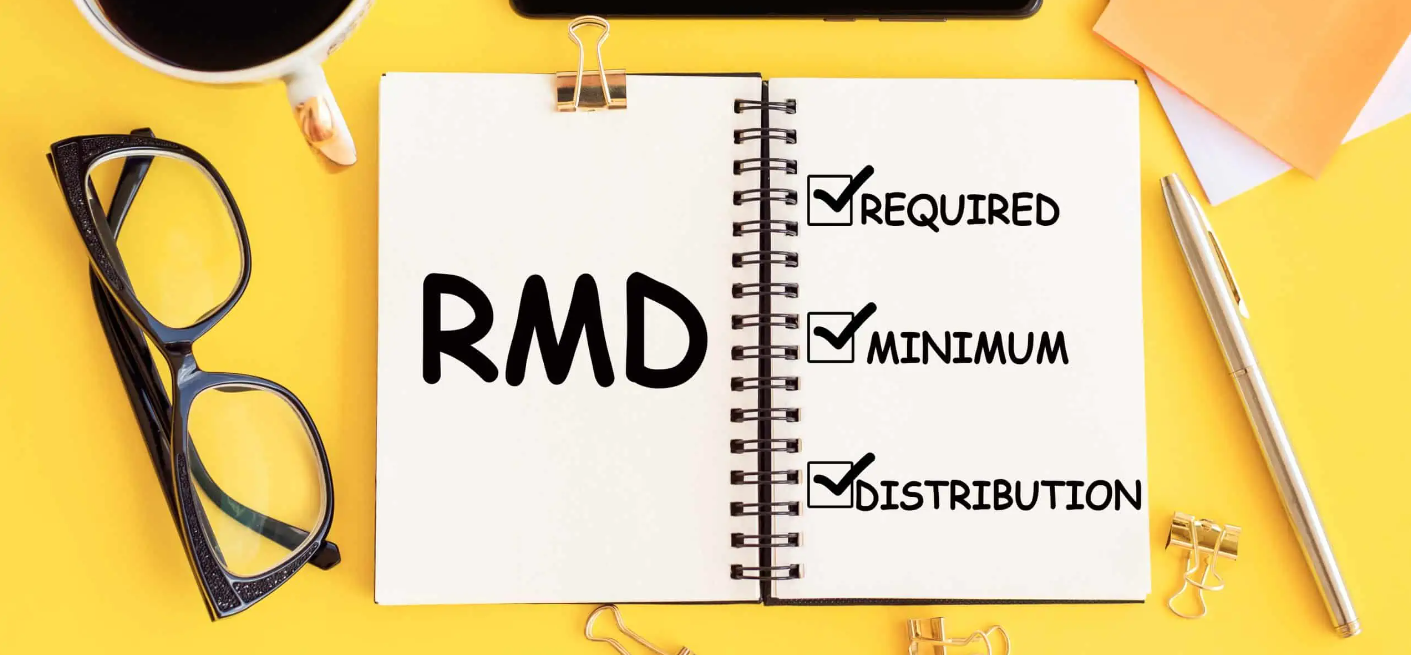We all know that if you want tax-free earnings in your Roth IRA, you must wait five-years. The Roth IRA owner has to have some “skin in the game,” so to speak, before the IRS grants the tax break. One must demonstrate a commitment to retirement savings in order to receive the tax-free carrot. Makes sense.
But five years is so long! That’s more time than it takes to complete high school! Over the next five years there will be a Winter Olympics in Beijing and a Summer Olympics is Paris and we will be preparing for another Winter Olympics in Italy. So, if you want tax-free earnings in your Roth IRA by the time competitors are slaloming down the Dolomites, you better make that contribution or complete that Roth IRA conversion ASAP.
But also recognize that the five years goes by in the blink of an eye. When my son was trying to learn how to ride a bicycle, he stood as tall as my hip. That was more than two entire “Roth 5-year clocks” ago. The dude is taller than me now and just got his driver’s license.
Technically, the five years for tax-free Roth IRA earnings isn’t usually a FULL five years. Only if a transaction is completed on January 1 will the entire five years apply.
Example 1: Paul, age 30, has never had a Roth IRA before. He converted his Traditional IRA to a Roth IRA on January 1, 2021. Paul’s 5-year clock for the conversion starts immediately. Paul will have to wait exactly 5 years – until January 1, 2026 – before the earnings on his Roth IRA will be available tax-free.
The example above is for a Roth conversion. A Roth conversion must be completed by December 31 to qualify for that same calendar year. There is no such thing as a “prior-year” Roth conversion. No matter what day a person does a Roth conversion during a year, the 5-year period will always start on January 1 of that same year. Had Paul waited until the end of 2021 to do his conversion, he would acquire the same start date for his 5-year clock – January 1, 2021. Had he delayed the date of his conversion to the very end of 2021, Paul could have shortened his actual wait time on the 5-year clock by more than 11 months.
In fact, there is a way to reduce the wait time on a Roth 5-year clock even further.
Example 2: Max, age 28, has had a full-time job for a few years and his earned income has always been below the Roth IRA phase-out limits for contributions. While Max has procrastinated, he thinks it is time he finally grew up and started a Roth IRA. Fortunately for Max, the 2020 tax filing deadline was extended to May 17, 2021. On May 17, Max proudly made his first Roth IRA contribution and, with proper guidance from his advisor, Max designated it as a prior-year (2020) contribution. (Unlike Roth conversions, prior-year IRA and Roth IRA contributions can be made up to the tax filing deadline.) By making it a prior-year contribution, Max gets a January 1, 2020 start date to his Roth 5-year clock. Max’s Roth IRA will qualify for tax-free earnings on January 1, 2025, a mere three years and seven months later.
Be aware of the actual start dates on your 5-year Roth clocks. If you have a long-term vision, the time should flash by. Olympians will be skiing it Italy, a teenager who just got his driver’s license will be off to college, and you will have tax-free earnings in your Roth IRA before you know it.
By Andy Ives, CFP®, AIF®
IRA Analyst
Copyright © 2021, Ed Slott and Company, LLC Reprinted from The Slott Report, 2021, with permission. Ed Slott and Company, LLC takes no responsibility for the current accuracy of this article.











